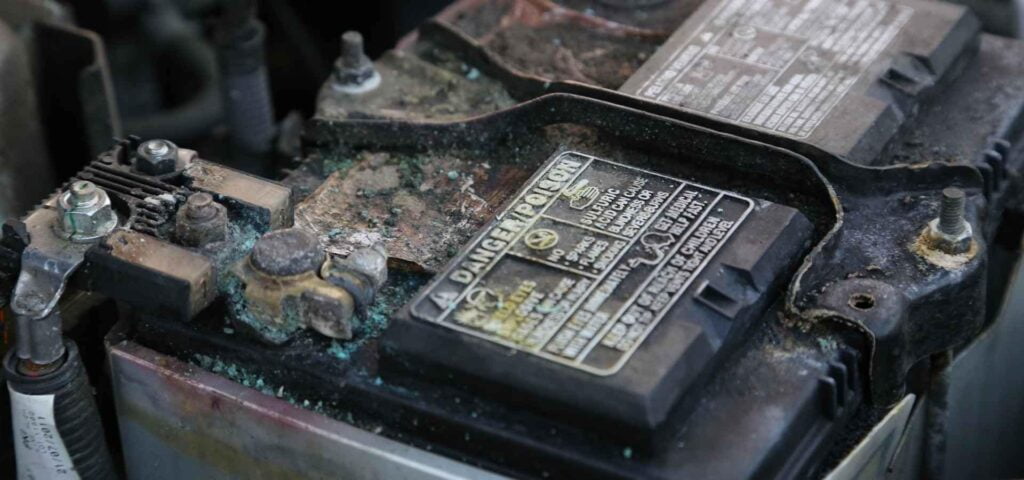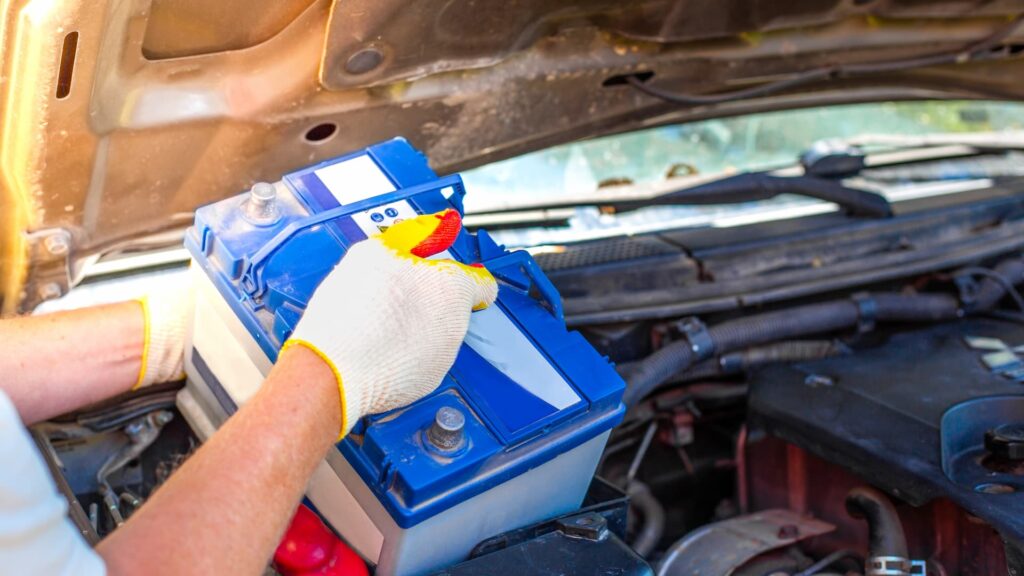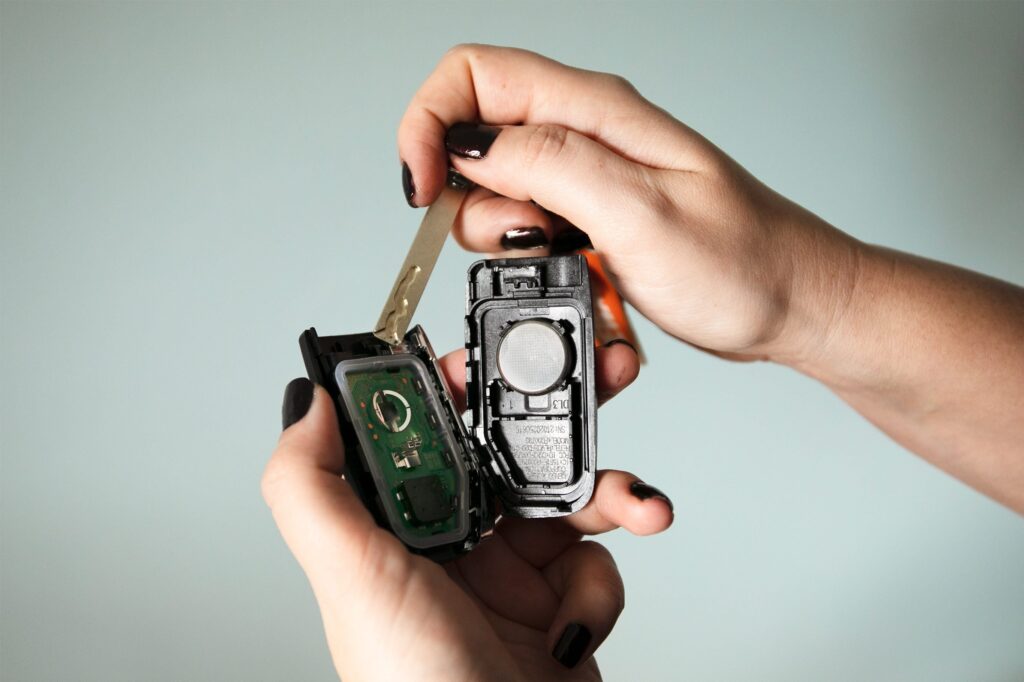What Type of Acid is in a Car Battery: Unveiling the Dangers of Battery Acid
The acid in a car battery is sulfuric acid. It is highly corrosive and can cause permanent damage if it comes into contact with the eyes or is swallowed. It is important to handle car battery acid with caution to avoid any harm or accidents. Heading: Understanding Battery Acid In Car Batteries Car batteries contain sulfuric acid, which is highly corrosive and more harmful than other battery acids. Contact with the eyes can cause permanent blindness, and swallowing it can lead to internal organ damage or death. It is important to handle car battery acid with caution. Explanation Of The Composition And Importance Of Battery Acid Battery acid is a crucial component in car batteries as it serves as the electrolyte that facilitates the chemical reactions necessary for power generation. In particular, car batteries use sulfuric acid as their preferred acid due to its ability to conduct electricity efficiently. The sulfuric acid is typically diluted with water to form a solution, creating the electrolyte that allows the exchange of ions between the battery’s positive and negative terminals. The composition of battery acid in car batteries primarily consists of water and sulfuric acid, which is mixed in specific proportions to create the required concentration. This mixture is designed to provide optimal performance and longevity to the battery, allowing it to deliver a consistent and reliable source of electrical power to start the car’s engine and power its electrical systems. Introduction To The Dangers And Risks Associated With Battery Acid It’s essential to be aware of the dangers and risks associated with battery acid in car batteries. The sulfuric acid used in car batteries is highly corrosive, capable of causing severe burns to the skin and eyes upon contact. Additionally, inhaling the fumes released by battery acid can be harmful to your respiratory system. Direct contact with battery acid should be avoided at all costs, as it can lead to irreversible damage to the skin and eyes. If you accidentally come into contact with battery acid, it’s crucial to wash the affected area thoroughly with copious amounts of water and seek immediate medical attention. Furthermore, mishandling or improper disposal of car batteries can have detrimental effects on the environment. Battery acid cannot be disposed of in regular household waste as it poses a significant risk of contamination to soil and water sources, leading to pollution. Therefore, it is important to follow proper procedures for battery disposal or recycling to minimize environmental impact. Subheading: What Is Battery Acid And Its Components? In a car battery, the acid used is sulfuric acid, which is highly corrosive and can cause serious harm if it comes into contact with the skin or eyes. It’s important to handle it with caution and avoid any direct contact. Definition And Explanation Of Battery Acid Battery acid, also known as electrolyte, is a vital component of a car battery that plays a crucial role in its functionality. It is a mixture of sulfuric acid and water, creating a highly corrosive solution. The primary function of battery acid is to provide the necessary chemical reactions within the battery to generate and store electrical energy. Mentioning The Components Of Battery Acid The components of battery acid include sulfuric acid and water. Let’s take a closer look at each of these components and their importance: Sulfuric Acid: Sulfuric acid is the main ingredient in battery acid, constituting about 35% of the solution. It is a strong acid known for its powerful corrosive properties. Sulfuric acid helps to facilitate the electrochemical reactions inside the battery, allowing for the conversion of chemical energy into electrical energy. This reaction is what enables the battery to start the car’s engine and power its electrical systems. Water: Water makes up the remaining percentage of battery acid, typically around 65%. It mainly acts as a diluting agent for sulfuric acid, minimizing its intensity and making it safer to handle. Water also aids in creating a conductive medium for the movement of ions within the battery, enhancing the overall electrolytic process. It is important to handle battery acid with extreme caution, as it is highly corrosive and can cause severe damage to skin, eyes, and other surfaces. Always follow proper safety procedures and wear appropriate protective gear when dealing with battery acid. Table: Ph Values Of Some Chemicals Chemical pH Value Battery Acid (Sulfuric Acid) 1.0 Hydrochloric Acid 0.1 Vinegar (Acetic Acid) 2.4 Ammonia 11.0 As shown in the table above, battery acid (sulfuric acid) has a pH value of 1.0, indicating its highly acidic nature. Subheading: The Role Of Sulfuric Acid In Car Batteries Sulfuric acid is the type of acid found in a car battery. It is highly corrosive and can cause permanent damage if it comes into contact with the eyes or is swallowed. It is important to handle car battery acid with caution and avoid direct contact. Discussing The Specific Acid Used In Car Batteries, Which Is Sulfuric Acid When it comes to car batteries, one of the key components that plays a critical role in their functionality is sulfuric acid. Sulfuric acid is the specific type of acid used in car batteries, and it is responsible for several important functions within the battery. Highlighting The Reasons Why Sulfuric Acid Is Chosen For Car Batteries Sulfuric acid is chosen as the acid for car batteries due to a number of reasons. Let’s explore some of these reasons below: High electrical conductivity: Sulfuric acid is highly conductive, making it an ideal choice for facilitating the flow of electrons in a car battery. This property allows for efficient energy storage and discharge, enabling the battery to power various electrical components of the vehicle. Chemical stability: Sulfuric acid is a highly stable compound, which means it can withstand the demanding conditions that occur within a car battery. This stability ensures that the acid remains effective over a longer period of time, contributing to the longevity and reliability of the battery. Strong acid properties: Sulfuric acid is a strong
What Type of Acid is in a Car Battery: Unveiling the Dangers of Battery Acid Read More »





